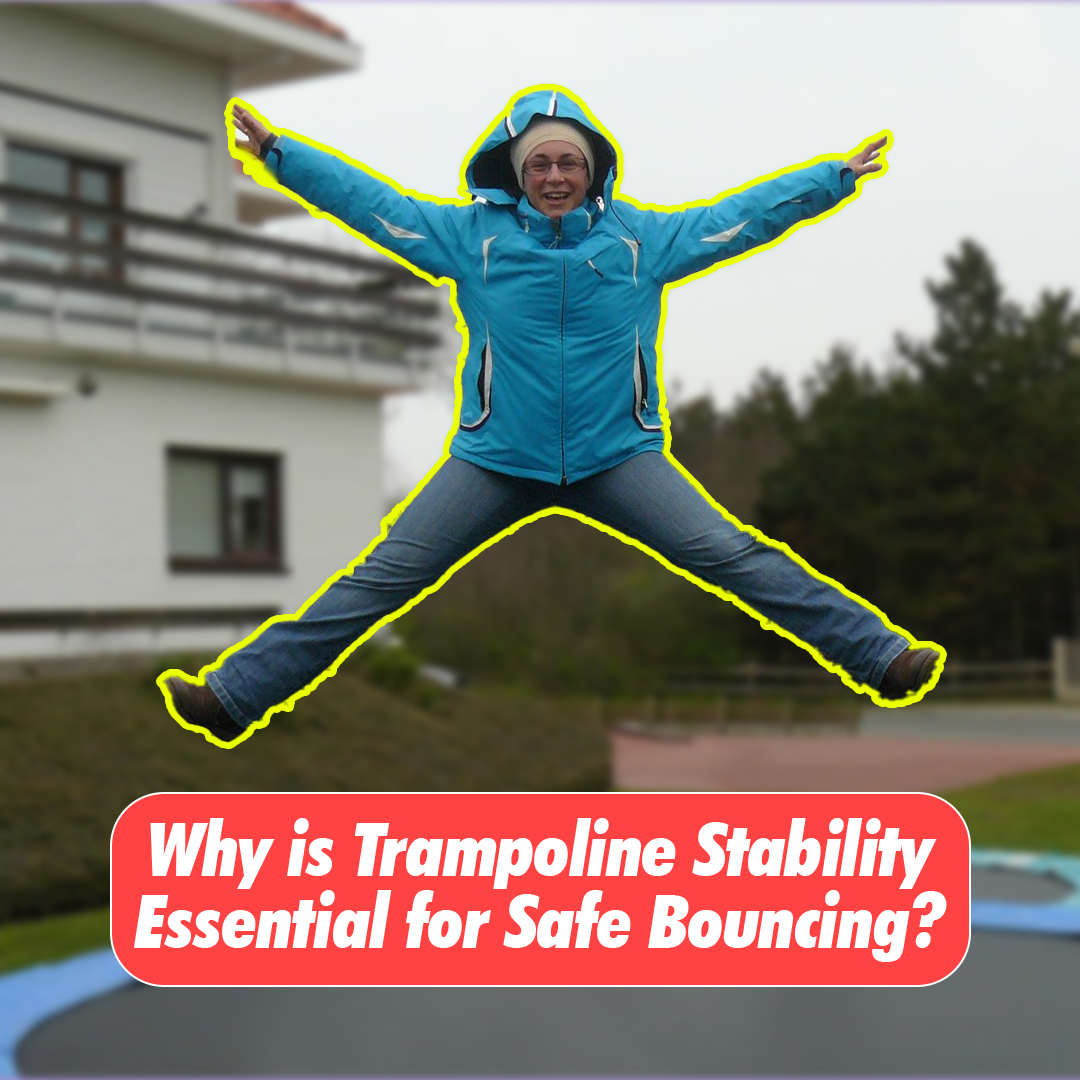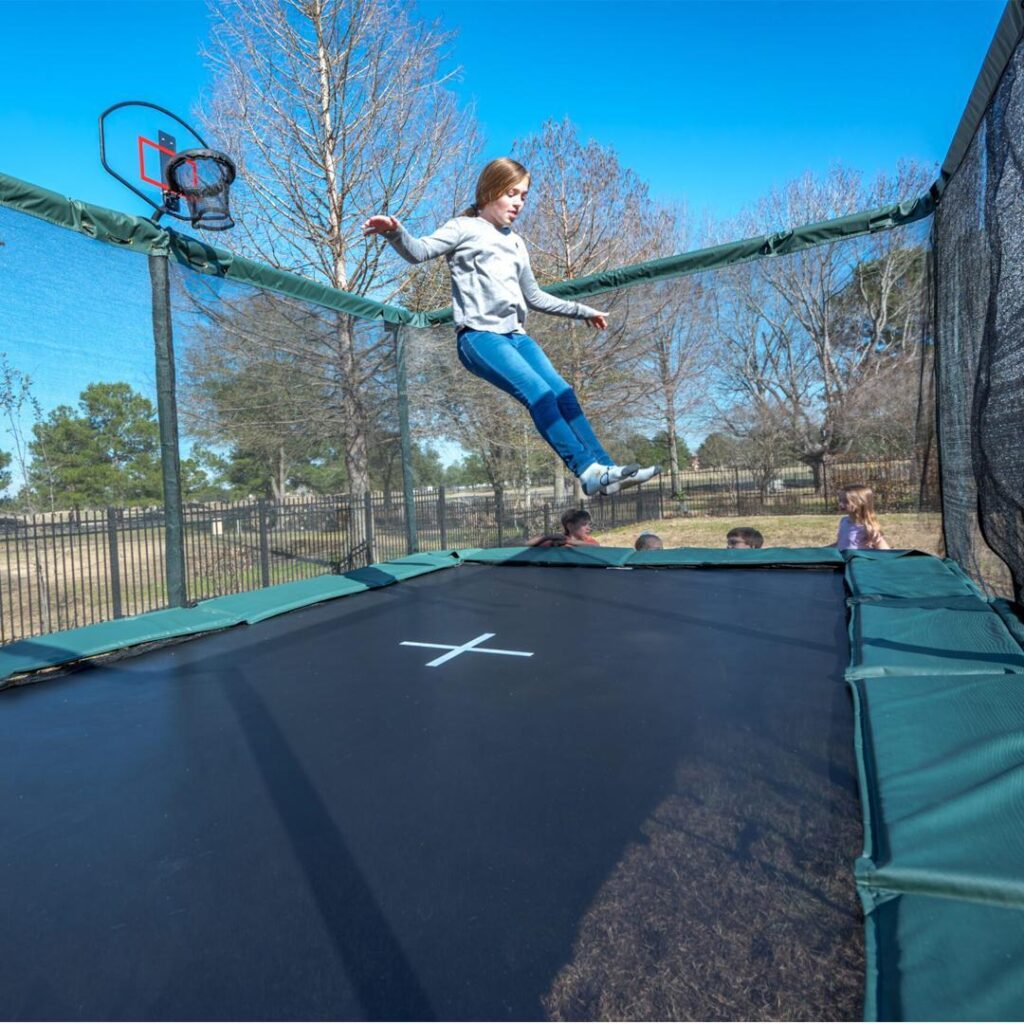
Family Trampolines have become a beloved fixture in many garden and recreational spaces, offering hours of fun and entertainment for people of all ages. The thrill of bouncing and performing aerial manoeuvre on a trampoline has contributed to their widespread popularity as a recreational activity. However, with this excitement comes a critical aspect that cannot be overlooked: safety.
Safety is paramount when it comes to trampolines due to the inherent risks involved in bouncing. Every year, numerous accidents and injuries occur on trampolines, underscoring the importance of understanding and ensuring trampoline stability and safety measures. In this blog post, we will explore why trampoline stability is crucial for safe bouncing and explore the key factors that contribute to a secure trampoline experience. Let’s jump into the details to discover how to maximize enjoyment while minimizing risks on a trampoline.
What is Trampoline Stability?
Trampoline stability encompasses the overall sturdiness and firmness of the trampoline structure. A stable trampoline remains firmly anchored to the ground during use and provides a consistent and predictable bouncing surface. Let’s break down what trampoline stability entails and how it contributes to safety:
Components of a Stable Trampoline
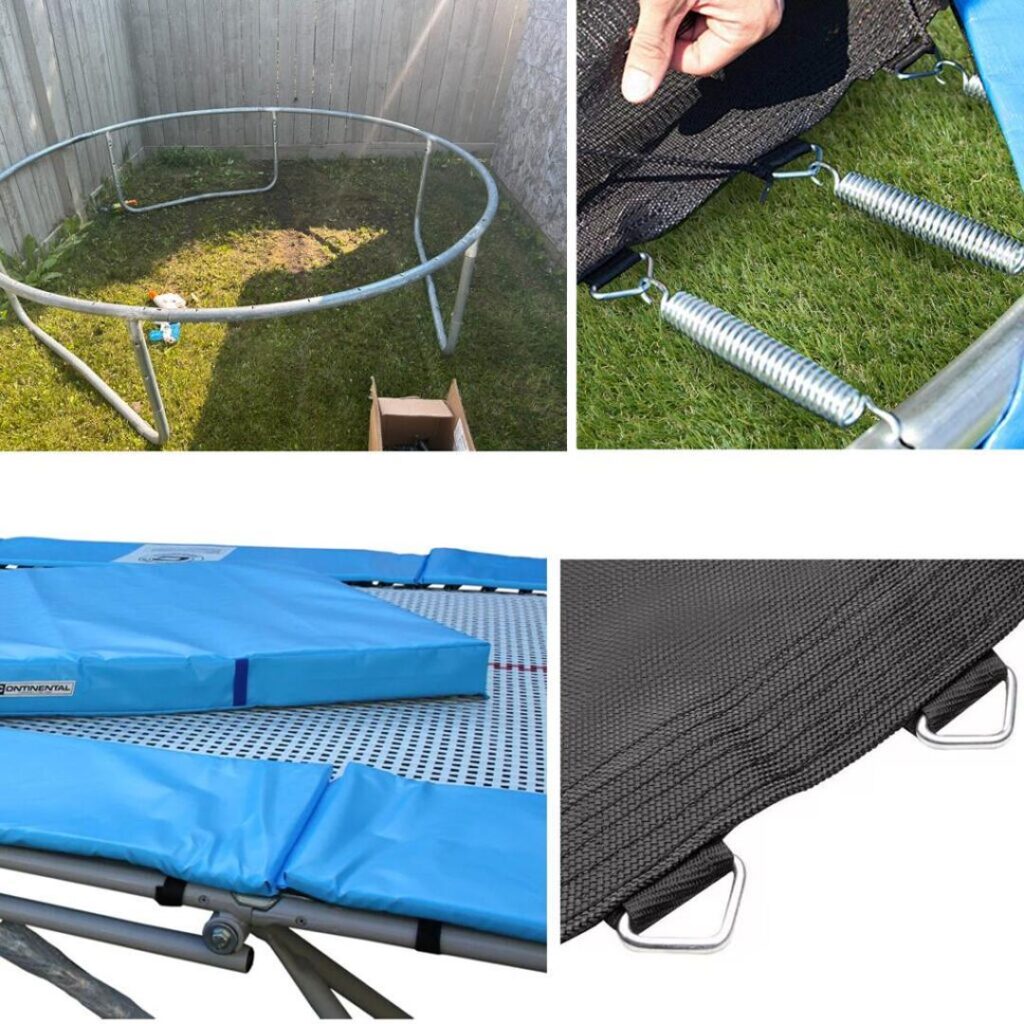
- Frame: The frame is the backbone of a trampoline, providing support and structure. A stable frame is typically made of durable materials like galvanized steel and is designed to withstand constant pressure and movement.
- Legs: The legs support the trampoline’s frame and distribute the weight evenly across the base. Sturdy legs with proper anchoring prevent the trampoline from tilting or wobbling during use.
- Springs: Springs are crucial for providing bounce and must be securely attached to the frame and mat. High-quality, evenly-spaced springs contribute to a stable and responsive bounce.
- Mat: The trampoline mat is where users bounce. A stable mat is tightly secured to the frame and does not sag or stretch excessively, ensuring a uniform bouncing surface.
Safety Risks of Unstable Trampolines
Trampolines that lack stability pose significant risks to users, leading to potential accidents and injuries. Here are some common risks associated with unstable trampolines:
- Tipping Over: An unstable trampoline is more likely to tip over during use, especially if placed on uneven ground or subjected to sudden movements. This can result in falls and serious injuries to users.
- Uneven Bouncing Surface: Instability in a trampoline’s frame or mat can create uneven bouncing surfaces. Uneven bounces can throw users off balance, increasing the risk of landing awkwardly and causing sprains, strains, or fractures.
- Frame Collapse: Weak or poorly constructed trampoline frames are susceptible to collapse under pressure. This can happen during vigorous bouncing or when multiple users are on the trampoline simultaneously, leading to falls and injuries.
- Spring Malfunction: Inadequate spring attachment or deterioration can cause springs to break or come loose. Broken springs can puncture the trampoline mat or cause users to fall unexpectedly, resulting in cuts, bruises, or worse.
Understanding these risks underscores the importance of prioritizing trampoline stability for a safer bouncing experience.
How Frame and Leg Design Define Trampoline Stability
The frame and legs of a trampoline play a crucial role in determining its stability and safety. Let’s delve into how these components impact the overall performance of a trampoline:
Impact of Frame and Legs on Trampoline Stability
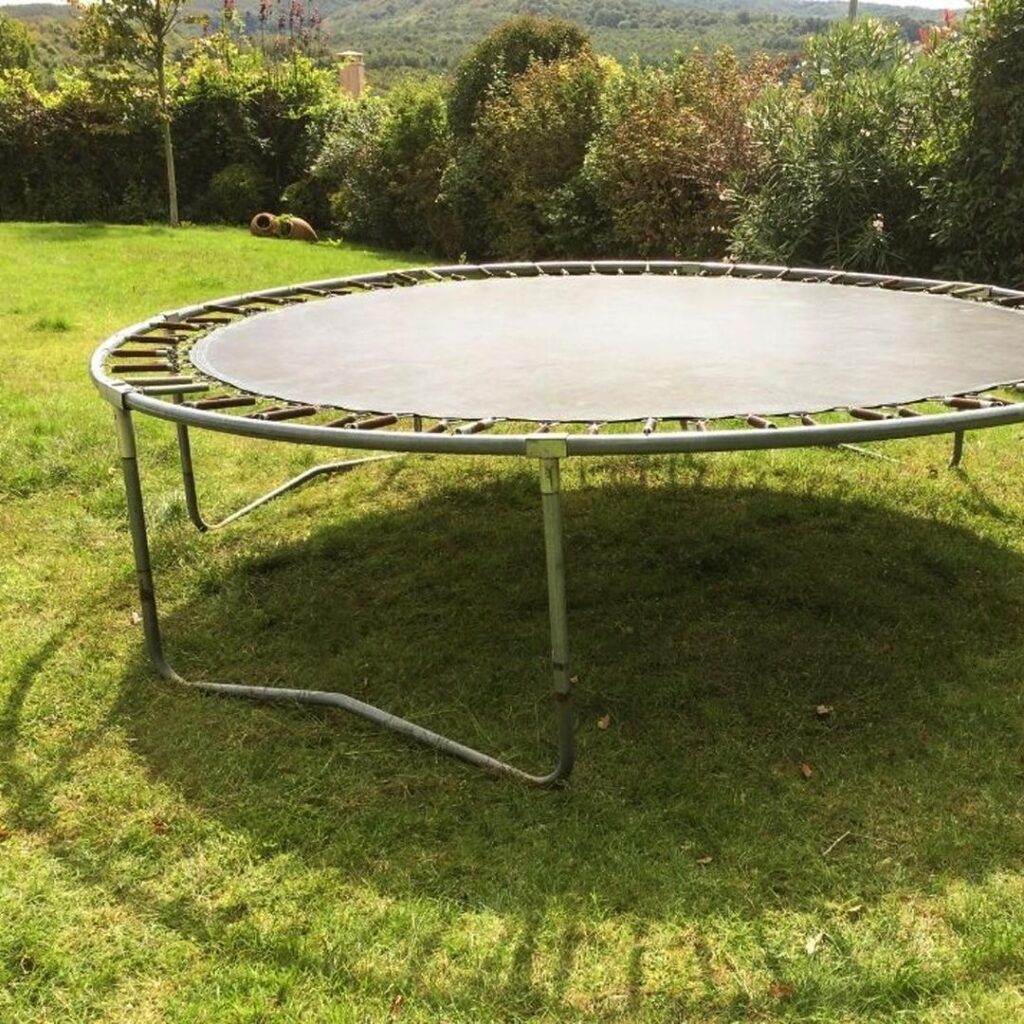
The frame and legs form the foundation of a trampoline, providing essential support and stability. Here’s why their design is vital:
- Frame Sturdiness: A stable trampoline frame is typically made of durable materials such as galvanized steel or heavy-duty aluminum. These materials offer strength and resistance against bending or warping, ensuring the trampoline remains steady during use.
- Robust Design: The design of the frame should incorporate reinforcements at key stress points, such as joints and corners. This prevents the frame from flexing or twisting excessively, maintaining stability and structural integrity.
Key Features of a Stable Trampoline Frame
- Material Quality: Opt a public use trampolines with frames made from galvanized steel, which is rust-resistant and durable, ensuring longevity and stability.
- Tube Thickness: Thicker frame tubes enhance strength and stability, reducing the risk of wobbling or deformation under pressure.
- Welding Quality: High-quality welding at frame joints ensures a secure connection, preventing weak spots that could compromise stability.
Stability Enhancing Leg Design
- Number and Placement: Trampolines with multiple legs evenly spaced around the perimeter distribute weight more effectively, enhancing stability and reducing the risk of tipping.
- Leg Anchoring: Look for trampolines with legs that feature sturdy anchors or plates for secure placement on the ground, minimizing movement and wobbling during use.
These components provide the necessary support to withstand rigorous use and varying weather conditions, making stability a cornerstone of trampoline safety.
Role of Springs and Mat in Stability
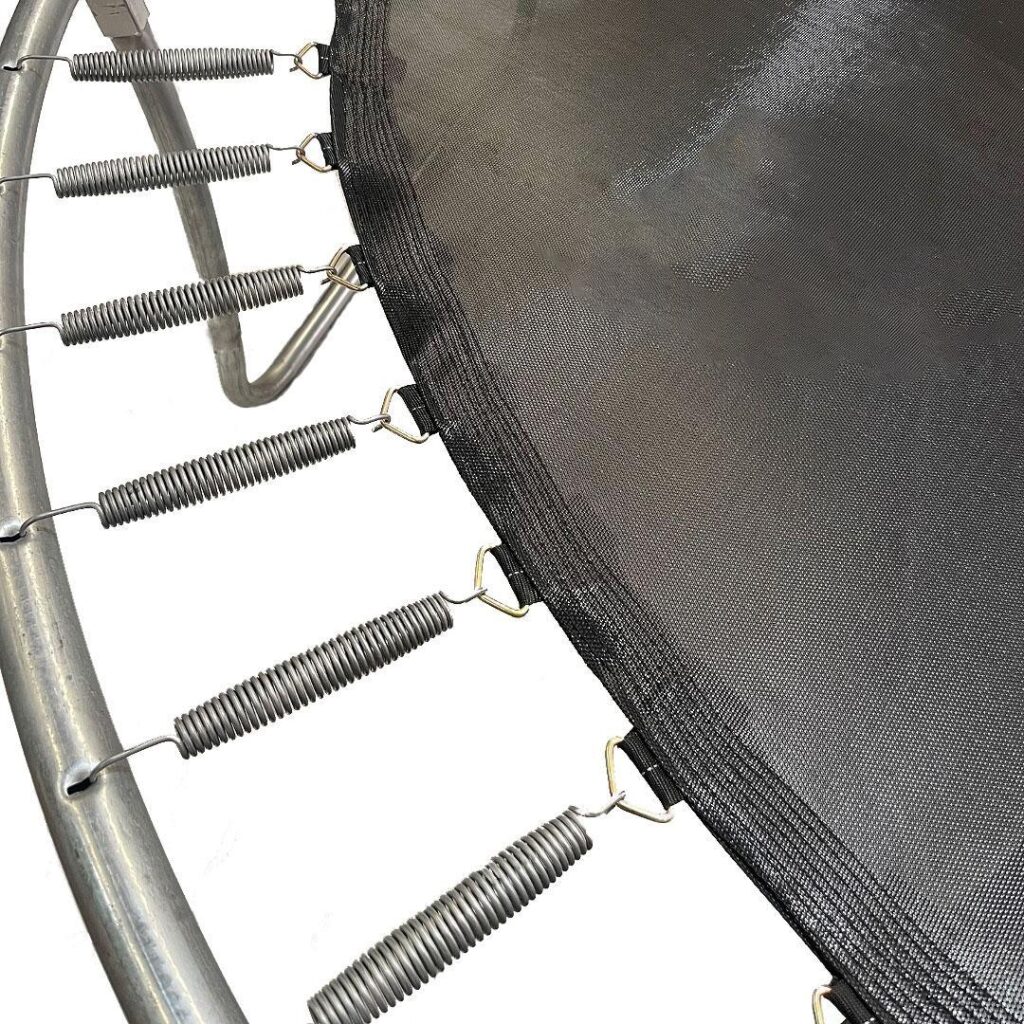
The springs and mat of a trampoline are essential components that contribute significantly to its stability and performance. Let’s explore their roles in detail:
1. Springs: Bounce and Stability
Springs are the powerhouse of a trampoline, responsible for providing the bounce that users enjoy. However, their role extends beyond just bounce:
- Bounce Enhancement: Springs store and release kinetic energy, propelling users into the air during bouncing.
- Stability Contribution: Properly tensioned and evenly distributed springs contribute to the overall stability of the trampoline. They help absorb impact and distribute forces, reducing excessive movement and wobbling.
2. Mat Quality and Attachment
The trampoline mat is where all the action happens. Its quality and attachment play crucial roles in ensuring stability and safety:
- Material Durability: A high-quality mat made from durable, UV-resistant material can withstand constant use and exposure to the elements without stretching or tearing.
- Attachment to Frame: The mat should be securely attached to the frame using strong, reinforced stitching or attachment points. This prevents sagging and maintains a uniform bouncing surface.
- Even Tension: Properly tensioned mat with evenly spaced attachment points ensures consistent and predictable bounce, enhancing stability and user safety.
3. Impact of Springs and Mat on Trampoline Stability
- Unified System: Springs and the mat work together as a unified system. When properly integrated, they enhance stability by absorbing shocks and distributing weight evenly across the trampoline surface.
- Maintenance and Replacement: Regularly inspecting and maintaining springs and the mat is essential for ensuring long-term stability and performance. Replace worn-out or damaged components promptly to avoid compromising stability and safety.
These components not only provide bounce but also contribute significantly to the overall safety and enjoyment of trampoline activities.
Tips for Ensuring Trampoline Stability
Ensuring trampoline stability is crucial for a safe and enjoyable bouncing experience. Here are practical tips to help maintain trampoline stability and minimize risks:
1. Regular Inspections and Maintenance
- Check Frame and Legs: Regularly inspect the trampoline frame and legs for signs of wear, rust, or damage. Replace any worn-out or damaged parts promptly to maintain structural integrity.
- Tighten Springs: Periodically check the tension of the springs and tighten them if they become loose. Loose springs can affect bounce quality and overall stability.
- Inspect the Mat: Examine the trampoline mat for tears, holes, or stretched areas. Ensure that the mat is securely attached to the frame with intact stitching.
2. Proper Installation and Anchoring
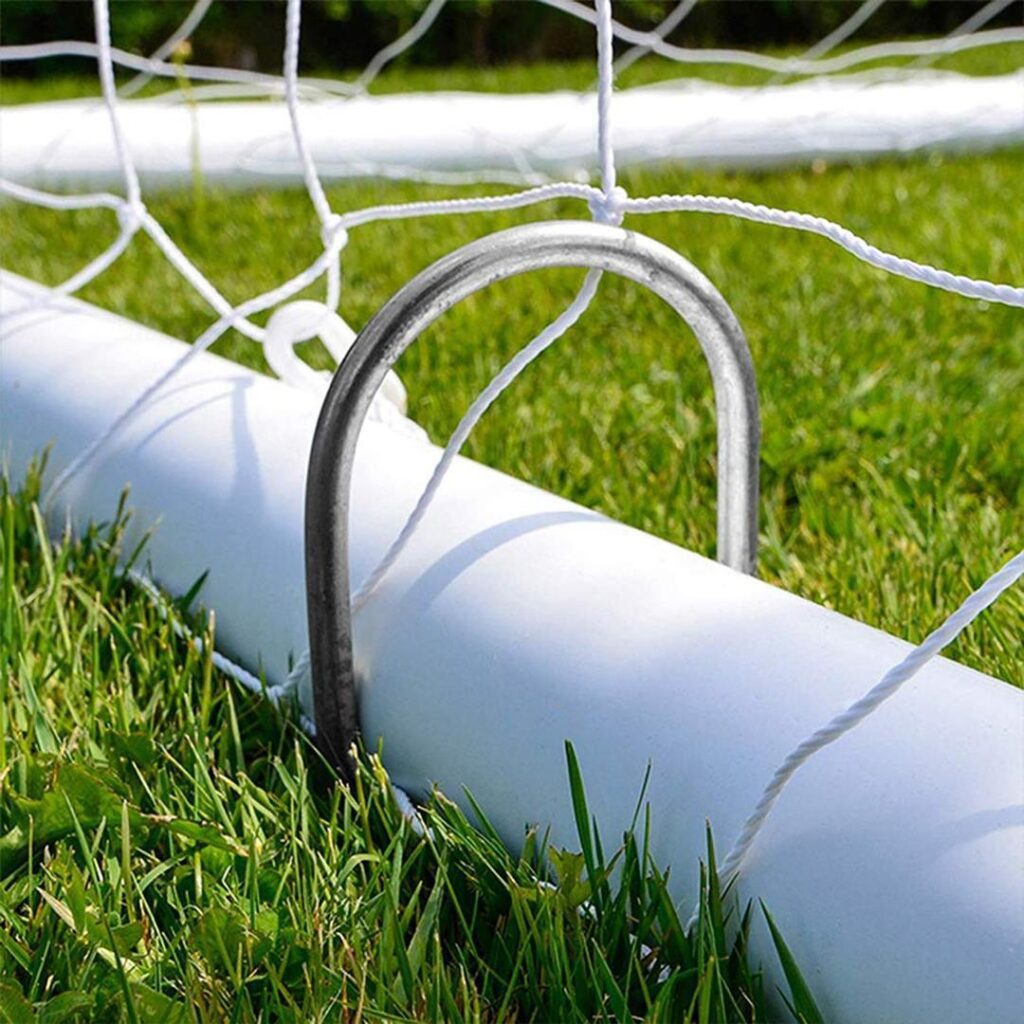
- Choose a Flat Surface: Place the trampoline on a flat, level surface to ensure even weight distribution and stability. Avoid setting up trampolines on slopes or uneven ground.
- Anchor the Trampoline: Use anchor kits or secure the trampoline legs to the ground with stakes or heavy-duty straps. Anchoring prevents the trampoline from tipping over or shifting during use, especially in windy conditions.
3. Safety Zone Maintenance
- Clear the Area: Remove any obstacles or debris from around the trampoline’s perimeter. Maintain a clear safety zone of at least six feet around the trampoline to prevent collisions with objects or structures.
- Avoid Overcrowding: Limit the number of users on the trampoline at a time to avoid exceeding weight limits and compromising stability.
4. Weather Considerations
- Secure During Windy Conditions: Secure the trampoline or disassemble it during strong winds to prevent tipping or damage.
- Protect from UV Exposure: Use a trampoline cover or position the trampoline in a shaded area to minimize UV exposure, which can degrade materials over time.
How to Find the Perfect Trampoline?
Selecting the right trampoline is essential for ensuring safety and stability during use. Here’s a guide to help you make informed decisions when purchasing a trampoline:
- Frame and Construction: Opt for trampolines with sturdy frames made from galvanized steel or heavy-duty materials.
- Safety Enclosure: Ensure the enclosure is securely attached to the frame and features high-quality netting.
- Springs and Mat: Select mats made from UV-resistant and tear-resistant materials for longevity and safety.
- Weight Capacity: Consider the weight capacity of the trampoline to accommodate users of different sizes and ages.
- Size and Space: Choose an appropriate size based on available space and intended use.
- Anchoring and Stability: Prefer trampolines that come with anchoring kits or have options for securing the legs to the ground.
Recommended Trampoline Brands
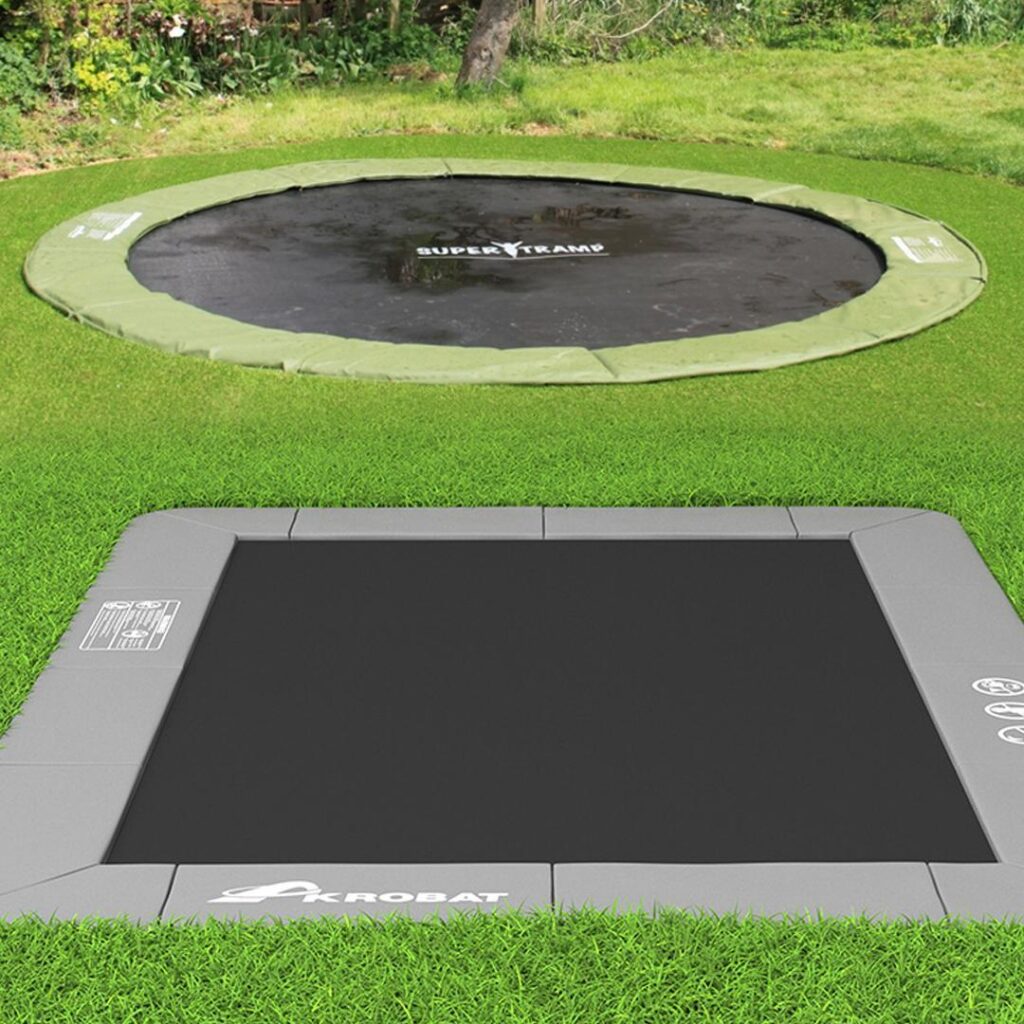
- Supertramp Trampoline
- Supertramp is a renowned brand known for producing high-quality trampolines with excellent stability and safety features.
- Their trampolines often feature robust frames, premium mat materials, and innovative safety enclosures.
- Check out models like the Supertramp AirFlow or Supertramp Performance Series for top-notch safety and performance.
- Akrobat Trampoline
- Akrobat trampolines are also highly regarded for their stability and durability.
- Look for Akrobat models that prioritize safety with reinforced frames, strong springs, and well-designed safety enclosures.
- Consider trampolines such as the Akrobat Prime or Akrobat Premium for reliable stability and safety.
Investing in a safe trampoline ensures peace of mind and promotes a positive and secure bouncing experience for you and your family.
Conclusion
Trampoline stability is not just a convenience—it’s a critical factor for ensuring safety and enjoyment. By understanding the components that contribute to stability, such as the frame, legs, springs, and mat, trampoline users can make informed choices when selecting, maintaining, and using their trampolines.
Remember, prioritizing trampoline stability is key to a secure and enjoyable bouncing experience for everyone. Stay safe, have fun, and keep bouncing responsibly!

